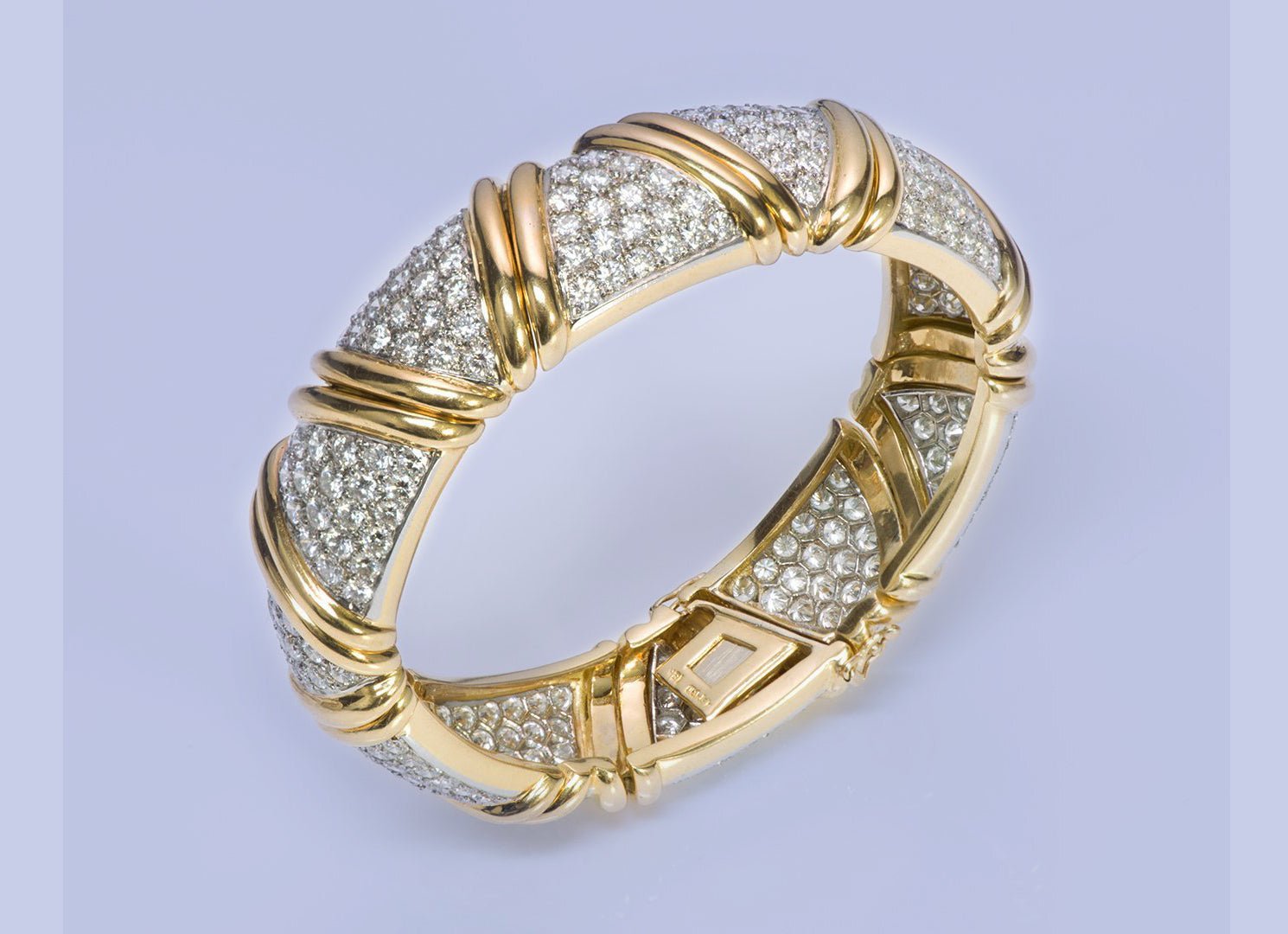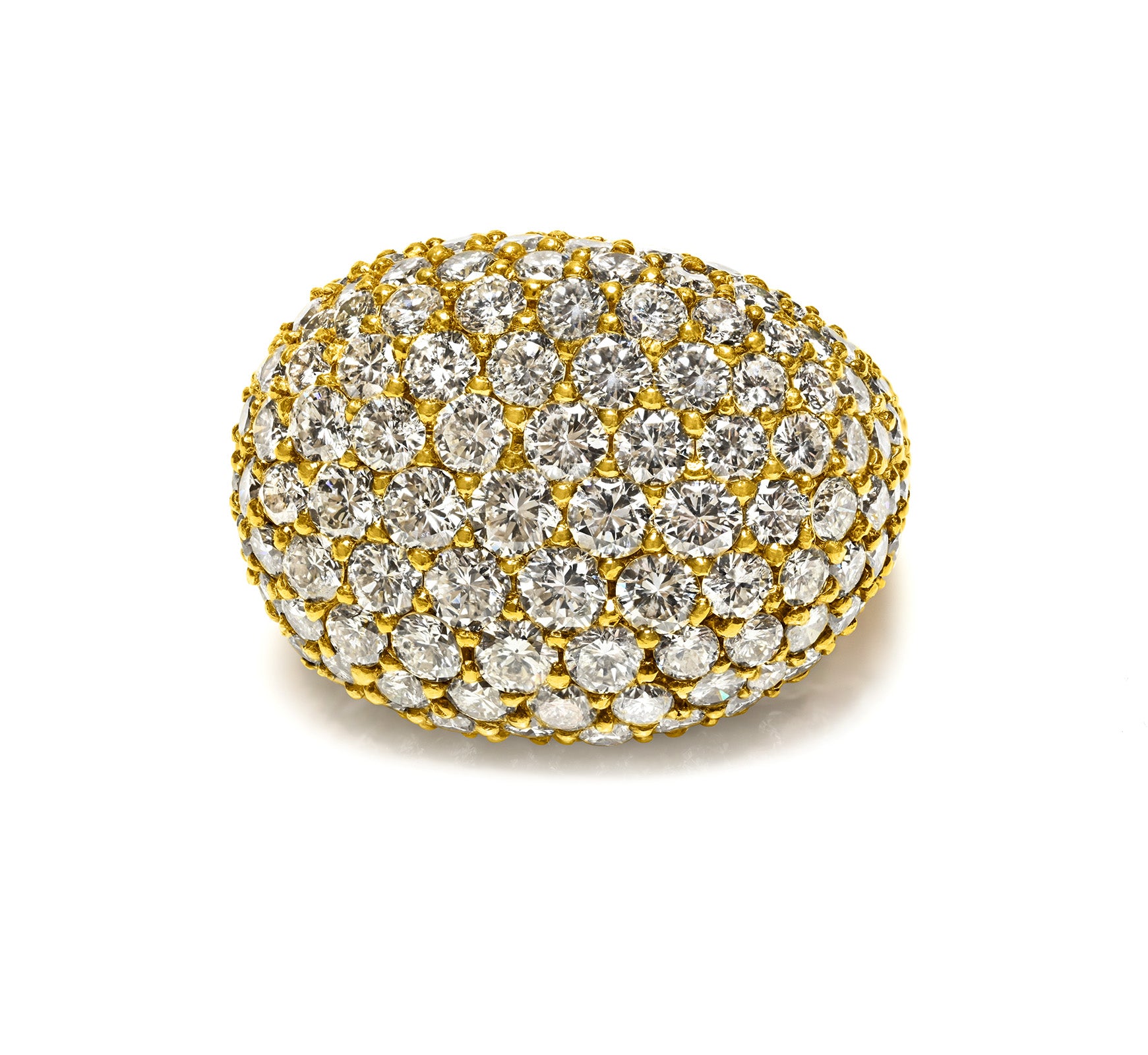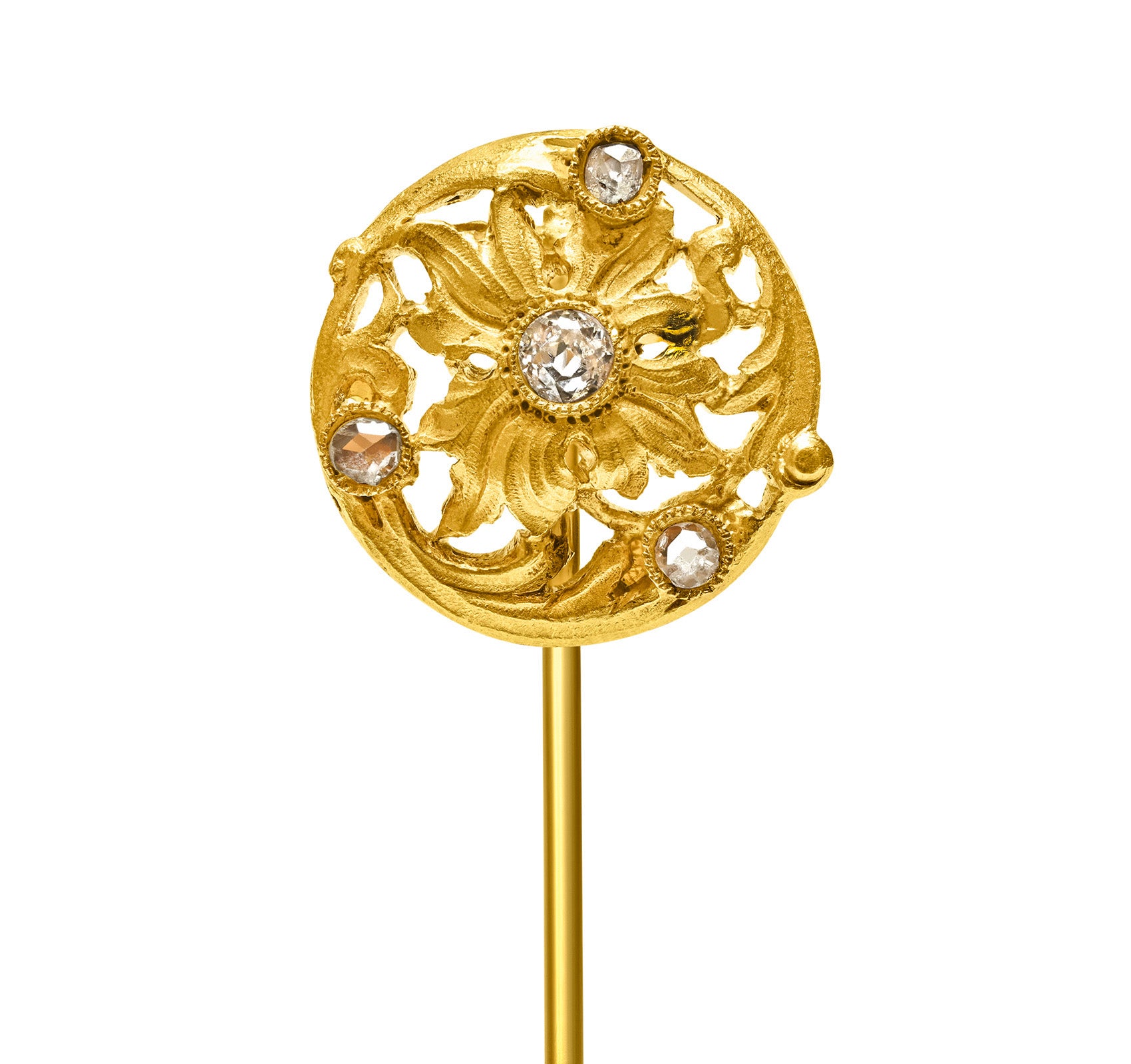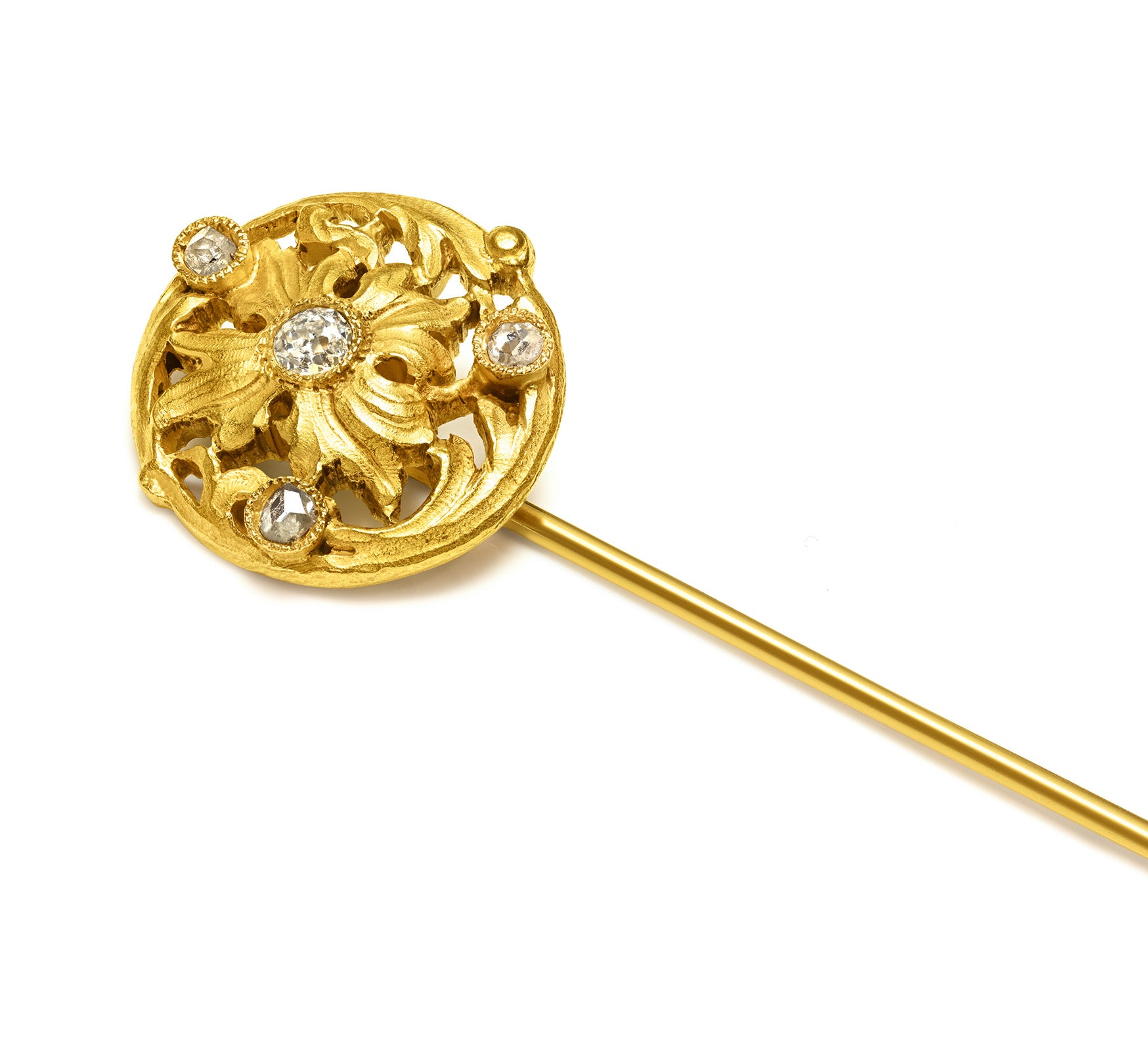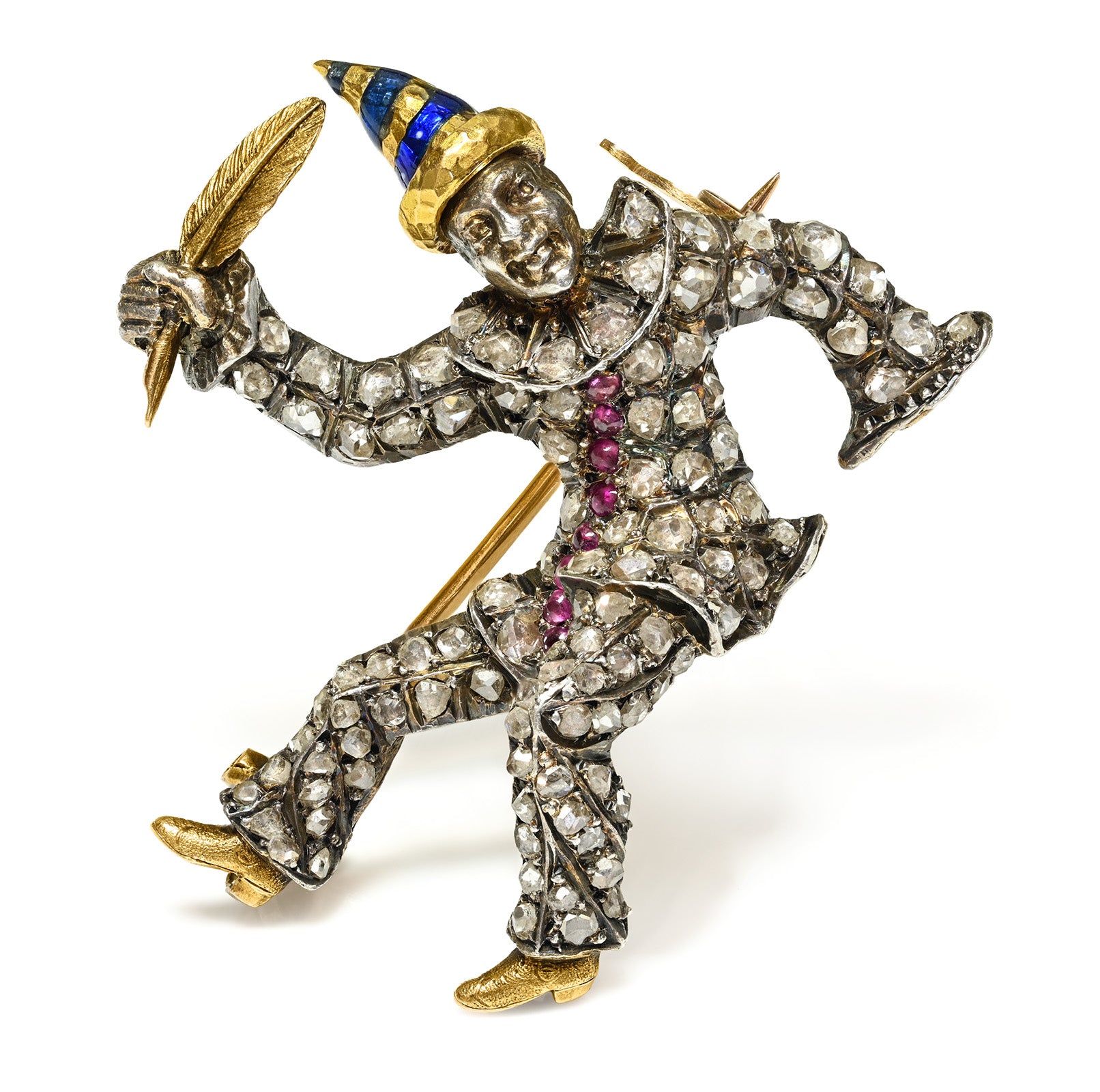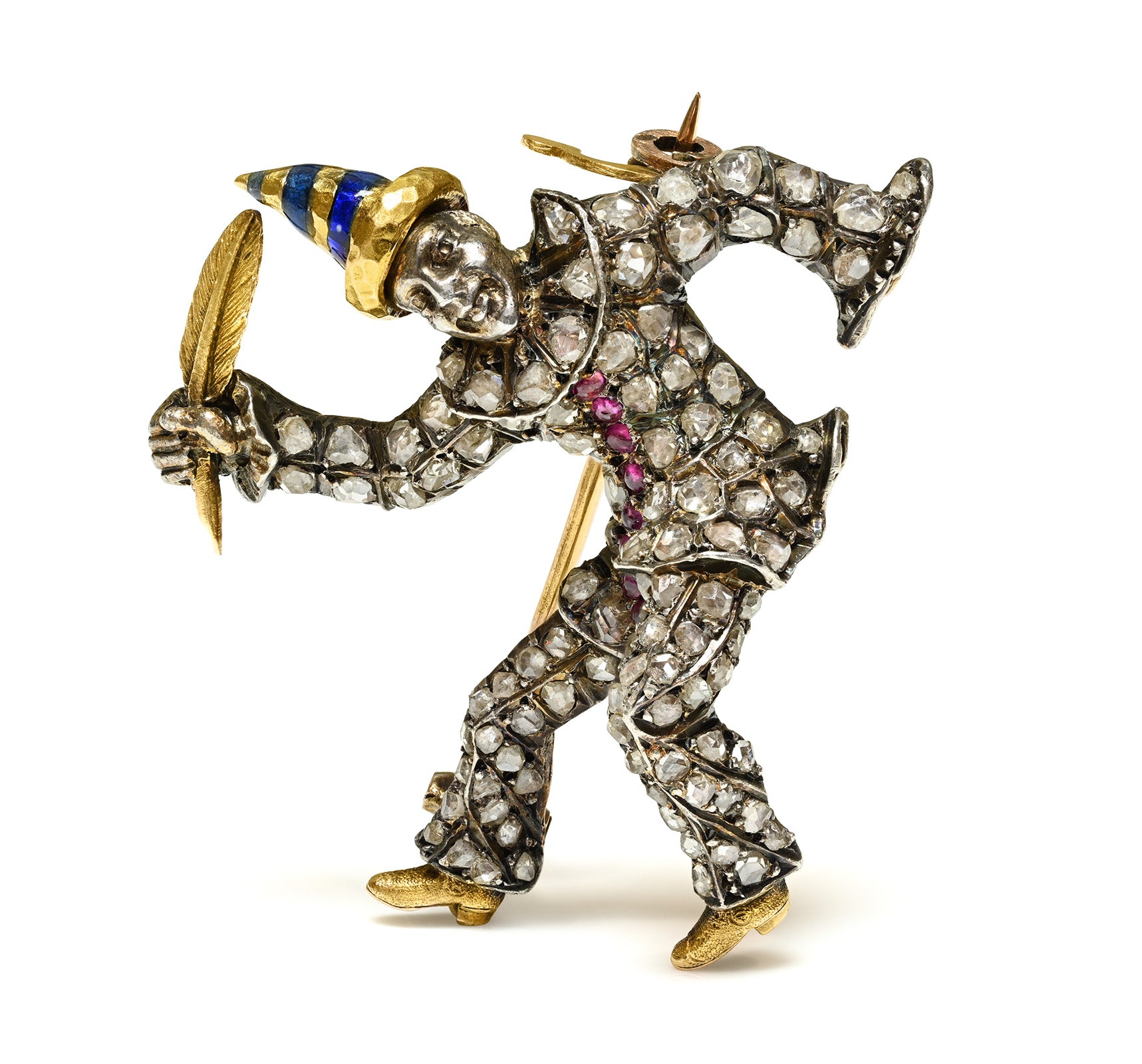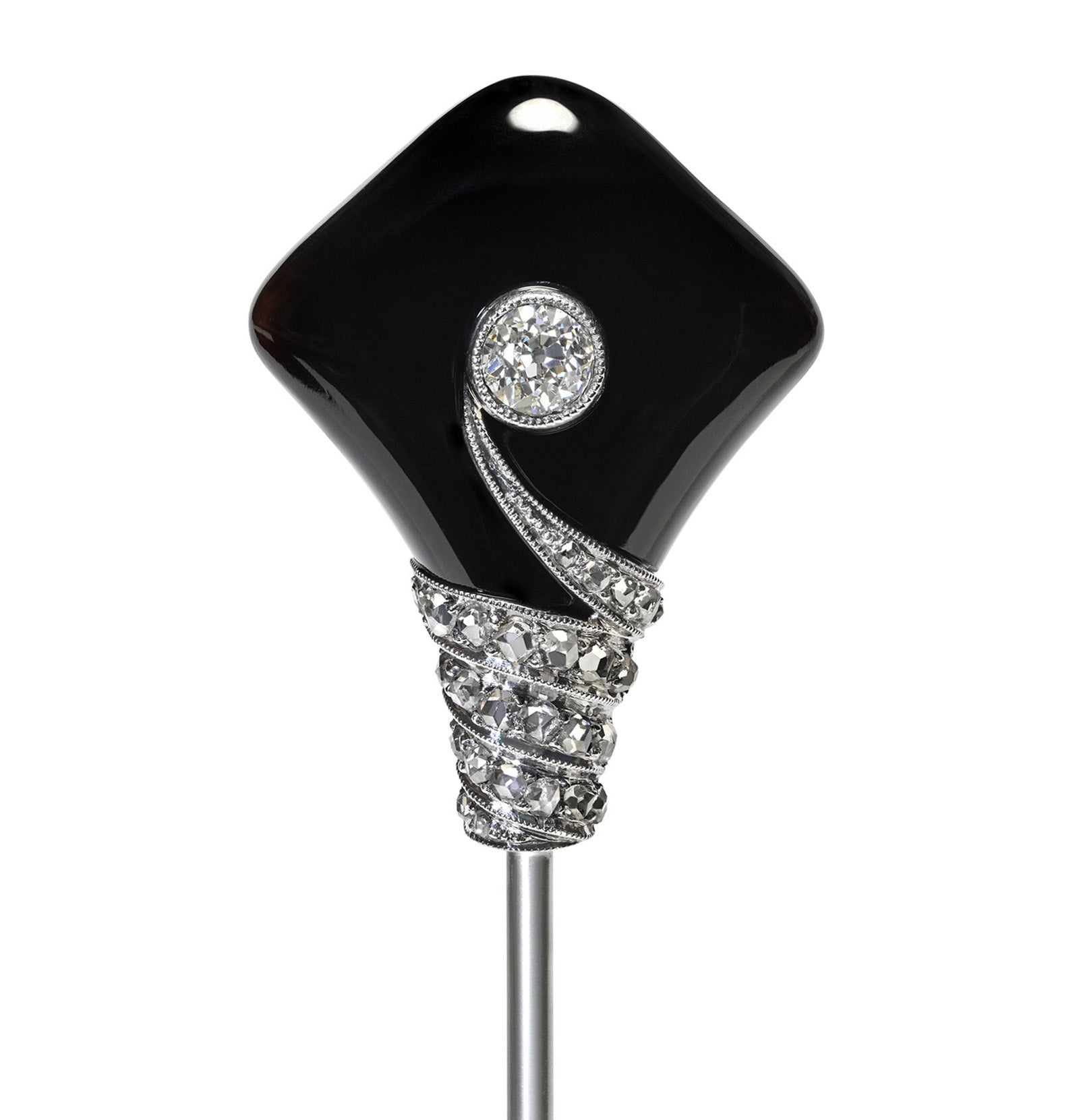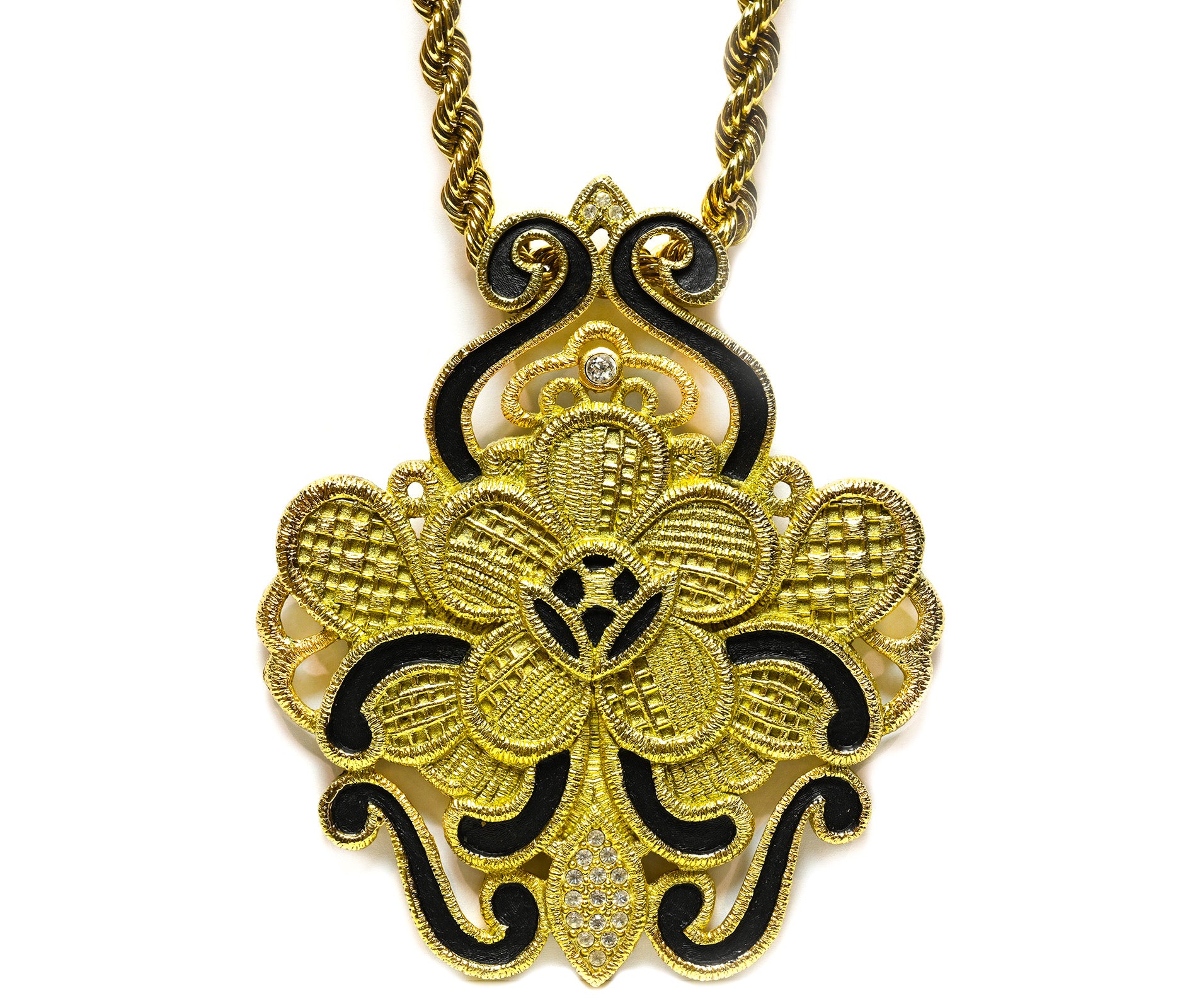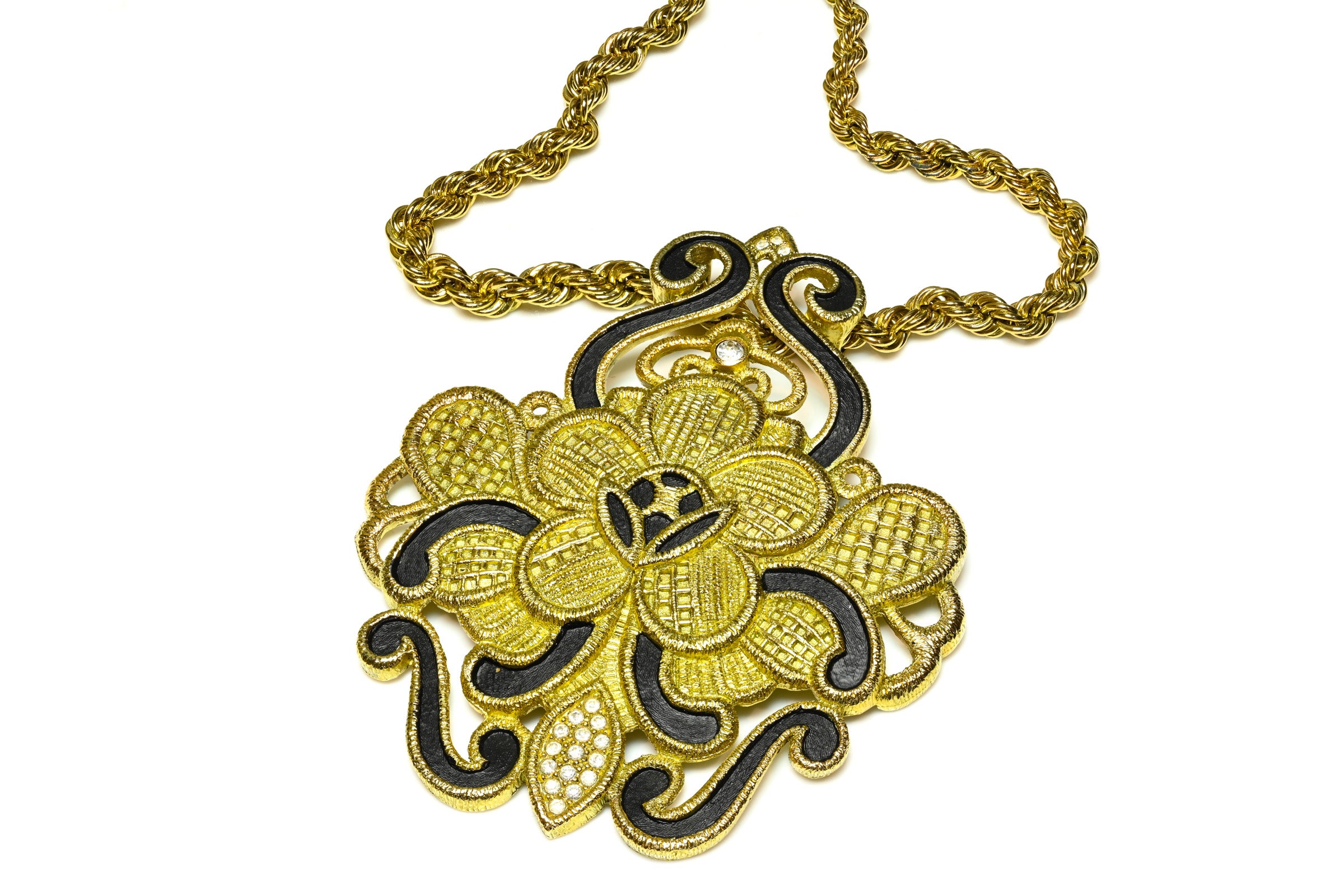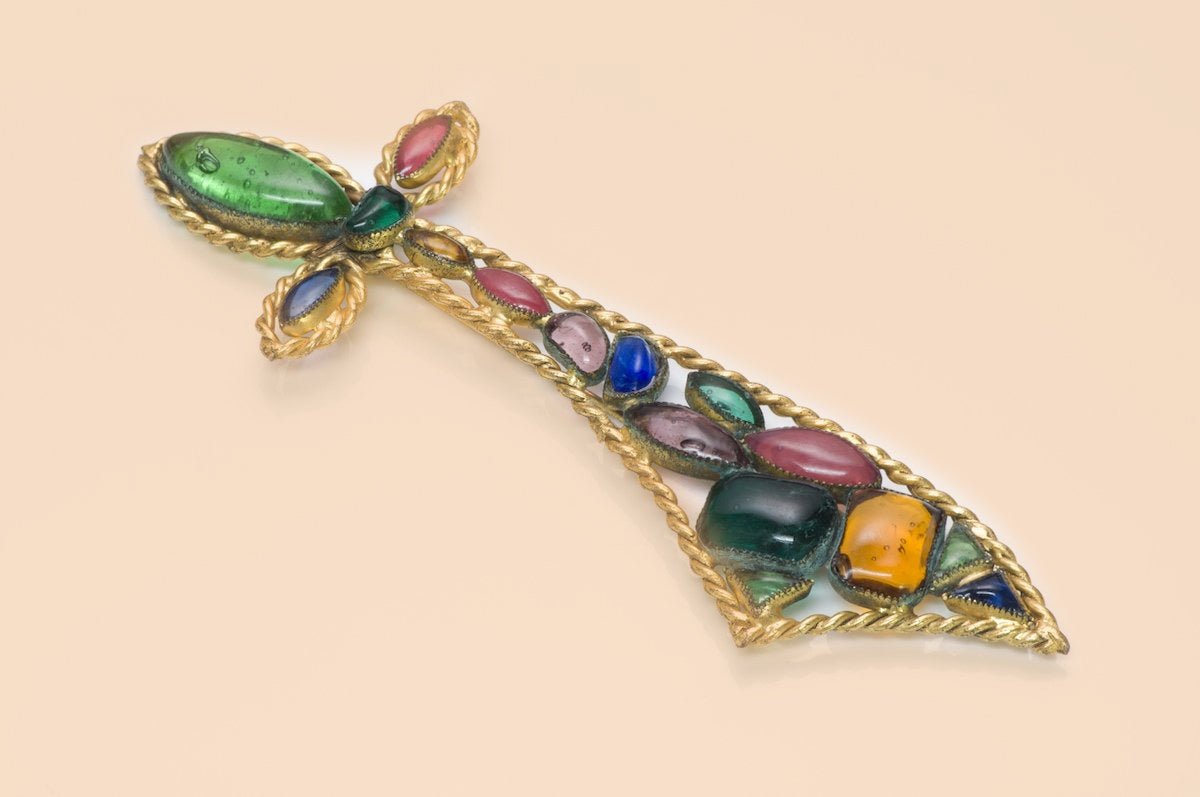
Hattie Carnegie - The Journey From A Little Emigrant To A Fashion Queen
Hattie Carnegie is one of the most famous names in fashion. Many people know she influenced the industry for nearly three decades but few know her interesting, inspiring life story.
Hattie Carnegie was born Henrietta Kanengeiser, the second of seven children, on March 15, 1886, in Vienna, Austria. She was just a teenager when her family left Austria for the United States. Her life in New York wasn't easy, nevertheless, she became a leader in American fashion for three decades.
She trained a new generation of designers and brought joy to the lives of many women as she made her creations available to the middle class by selling ready-to-wear clothes for modest prices.
It was a very inspired business decision, but who knows, maybe she did this also because she was once a poor girl and could empathize with women who longed to look nice in beautiful dresses but they could not afford expensive clothes.
Fashion Icon Hattie Carnegie's Interesting Life Story
The Kanengeiser family left Austria for the USA after a fire destroyed their home in the suburbs of Vienna. They moved to the Lower East Side of New York City, where Hattie attended public school.
Hattie's father, Isaac Kanengeiser, was an artist and designer who worked in New York's garment industry and introduced his daughter to the fashion world.
When Hattie was only 13, her father passed away and she was forced to leave school. To help her family, she took a job at Macy's. In her spare time, she followed her passion and designed hats for neighborhood women. Soon after, Hattie got a job trimming hats in a millinery workroom and worked as a millinery model.
The "legend" has it that, during her trip to the USA, Henrietta asked a man who was the richest, most successful person in America. The answer was: Andrew Carnegie. When she was in her 20s, she adopted "Carnegie" as her last name. It was an inspired decision, or, who knows, maybe a premonition, as that name brought her good luck and fame.
Hattie Carnegie Build A Fashion Empire
In 1909, Hattie opened her first shop, "Carnegie-Ladies Hatter", with her friend, Rosie Roth. They started a custom clothing and millinery shop on East 10th Street in New York City.
Four years later, they moved their shop to a more fashionable location, on West 86th and Riverside Drive, jwa.com wrote. This shop lead to a chain of exclusive boutiques across the United States, and eventually to a million dollars fashion empire.
During this time, fashion leaders Mrs. Harrison Williams and Mrs. William Randolph Hearst became her clients.

In 1918, Carnegie bought out her partner. In addition to selling her own designs, she began to travel to France to bring Parisian fashion to New York, a fashion that she restyled and remodeled to suit the taste of her American customers. She especially promoted the little black dress made famous by Coco Chanel.
In 1923, Hattie Carnegie moved her business to a townhouse at 42 East 49th Street. The Carnegie look embodied total perfection, and her accessories were as much a part of the "look" as the clothing, so her store sold furs, jewelry, lingerie, perfumes, and accessories in addition to clothing.
Hattie Carnegie - A Brilliant Businesswomen
Later on, when the Depression hit the US, many customers could no longer afford Carnegie's expensive pieces. So, in those times when people had problems paying their bills, Hattie adapted to the market situation and launched a less expensive ready-to-wear line, which she first sold in her New York retail shop. Eventually, she introduced a new wholesale line, "Spectator Sports", with ready-to-wear copies of Carnegie clothes sold for about $50 per piece.
In the 1940s, she created the Blue Room, where she sold her own and other manufacturers’ ready-to-wear lines. Her innovative Jeune Fille department (created in 1941) provided lower-priced clothing for her younger customers.
By the 1940s, Hattie Carnegie owned a multi-million dollar business and had established herself as one of the country's top designers.
After her business had grown, Hattie provided all her brothers and sisters with important positions. One of her sisters became a director of her company, one brother became secretary and treasurer, while another brother was in charge of the main wholesale department in New York.
Hattie Carnegie - A Famous Name In The Costume Jewelry Business
Like Coco Chanel, Hattie Carnegie created head-to-toe looks with accessories like hats and costume jewelry. She produced jewelry to complement her clothing, particularly her trademark "little Carnegie suits".
Hattie particularly excelled at the little black dress. In contrast, she came with wild jewelry designs to give a touch of flair to her otherwise conservative outfits. Like Coco Chanel and Elsa Schiaparelli, Carnegie excelled in the "cocktail jewelry" movement, where brooches and demi-parures of necklaces, bracelets, and earrings brought flamboyant glamour to the outfits.
Hattie Carnegie attracted different designers to work with (or for) her, so her jewelry reflects different styles. Flowers, fruits, and leaves are constantly repeating motifs. Her favorite materials were enamel, artificial pearls, rock crystal, and glass beads employed in very unusual combinations. In the 1950s, Hattie's brooches became iconic.
One of her more popular jewelry collections is the Oriental line. Inspired by Far Eastern and Indian motifs, the collection includes elaborate metal human figures with features made with tiny rhinestone and faux pearls, as well as things like a figural elephant carrying a howdah and a snuff-bottle pendant.
The Glamorous Hattie Carnegie Brooches
Inspired by the African art that influenced Paris fashion in the 1930s, the animal-shaped brooches were made of Lucite in bold colors like red-orange, emerald green, ivory, and turquoise blue, and were trimmed with rhinestones, colored beads, and gilt metal.
Hattie Carnegie worked with renowned designers like Kenneth Jay Lane, Norman Norell, and Nadine Effront, a French sculptor and onetime student of George Braques.
She died in 1956, so the Hattie Carnegie jewelry designed before her death, under her personal guidance, is considered rare and therefore is most valued by collectors. This jewelry is worth collecting even if they are slightly damaged or are missing rhinestones.
Hattie Carnegie was born Henrietta Kanengeiser, the second of seven children, on March 15, 1886, in Vienna, Austria. She was just a teenager when her family left Austria for the United States. Her life in New York wasn't easy, nevertheless, she became a leader in American fashion for three decades.
She trained a new generation of designers and brought joy to the lives of many women as she made her creations available to the middle class by selling ready-to-wear clothes for modest prices.
It was a very inspired business decision, but who knows, maybe she did this also because she was once a poor girl and could empathize with women who longed to look nice in beautiful dresses but they could not afford expensive clothes.
Fashion Icon Hattie Carnegie's Interesting Life Story
The Kanengeiser family left Austria for the USA after a fire destroyed their home in the suburbs of Vienna. They moved to the Lower East Side of New York City, where Hattie attended public school.
Hattie's father, Isaac Kanengeiser, was an artist and designer who worked in New York's garment industry and introduced his daughter to the fashion world.
When Hattie was only 13, her father passed away and she was forced to leave school. To help her family, she took a job at Macy's. In her spare time, she followed her passion and designed hats for neighborhood women. Soon after, Hattie got a job trimming hats in a millinery workroom and worked as a millinery model.
The "legend" has it that, during her trip to the USA, Henrietta asked a man who was the richest, most successful person in America. The answer was: Andrew Carnegie. When she was in her 20s, she adopted "Carnegie" as her last name. It was an inspired decision, or, who knows, maybe a premonition, as that name brought her good luck and fame.
Hattie Carnegie Build A Fashion Empire
In 1909, Hattie opened her first shop, "Carnegie-Ladies Hatter", with her friend, Rosie Roth. They started a custom clothing and millinery shop on East 10th Street in New York City.
Four years later, they moved their shop to a more fashionable location, on West 86th and Riverside Drive, jwa.com wrote. This shop lead to a chain of exclusive boutiques across the United States, and eventually to a million dollars fashion empire.
During this time, fashion leaders Mrs. Harrison Williams and Mrs. William Randolph Hearst became her clients.

In 1918, Carnegie bought out her partner. In addition to selling her own designs, she began to travel to France to bring Parisian fashion to New York, a fashion that she restyled and remodeled to suit the taste of her American customers. She especially promoted the little black dress made famous by Coco Chanel.
In 1923, Hattie Carnegie moved her business to a townhouse at 42 East 49th Street. The Carnegie look embodied total perfection, and her accessories were as much a part of the "look" as the clothing, so her store sold furs, jewelry, lingerie, perfumes, and accessories in addition to clothing.
Hattie Carnegie - A Brilliant Businesswomen
Later on, when the Depression hit the US, many customers could no longer afford Carnegie's expensive pieces. So, in those times when people had problems paying their bills, Hattie adapted to the market situation and launched a less expensive ready-to-wear line, which she first sold in her New York retail shop. Eventually, she introduced a new wholesale line, "Spectator Sports", with ready-to-wear copies of Carnegie clothes sold for about $50 per piece.
In the 1940s, she created the Blue Room, where she sold her own and other manufacturers’ ready-to-wear lines. Her innovative Jeune Fille department (created in 1941) provided lower-priced clothing for her younger customers.
By the 1940s, Hattie Carnegie owned a multi-million dollar business and had established herself as one of the country's top designers.
After her business had grown, Hattie provided all her brothers and sisters with important positions. One of her sisters became a director of her company, one brother became secretary and treasurer, while another brother was in charge of the main wholesale department in New York.
Hattie Carnegie - A Famous Name In The Costume Jewelry Business
Like Coco Chanel, Hattie Carnegie created head-to-toe looks with accessories like hats and costume jewelry. She produced jewelry to complement her clothing, particularly her trademark "little Carnegie suits".
Hattie particularly excelled at the little black dress. In contrast, she came with wild jewelry designs to give a touch of flair to her otherwise conservative outfits. Like Coco Chanel and Elsa Schiaparelli, Carnegie excelled in the "cocktail jewelry" movement, where brooches and demi-parures of necklaces, bracelets, and earrings brought flamboyant glamour to the outfits.
Hattie Carnegie attracted different designers to work with (or for) her, so her jewelry reflects different styles. Flowers, fruits, and leaves are constantly repeating motifs. Her favorite materials were enamel, artificial pearls, rock crystal, and glass beads employed in very unusual combinations. In the 1950s, Hattie's brooches became iconic.
One of her more popular jewelry collections is the Oriental line. Inspired by Far Eastern and Indian motifs, the collection includes elaborate metal human figures with features made with tiny rhinestone and faux pearls, as well as things like a figural elephant carrying a howdah and a snuff-bottle pendant.
The Glamorous Hattie Carnegie Brooches
Inspired by the African art that influenced Paris fashion in the 1930s, the animal-shaped brooches were made of Lucite in bold colors like red-orange, emerald green, ivory, and turquoise blue, and were trimmed with rhinestones, colored beads, and gilt metal.
Hattie Carnegie worked with renowned designers like Kenneth Jay Lane, Norman Norell, and Nadine Effront, a French sculptor and onetime student of George Braques.
She died in 1956, so the Hattie Carnegie jewelry designed before her death, under her personal guidance, is considered rare and therefore is most valued by collectors. This jewelry is worth collecting even if they are slightly damaged or are missing rhinestones.


